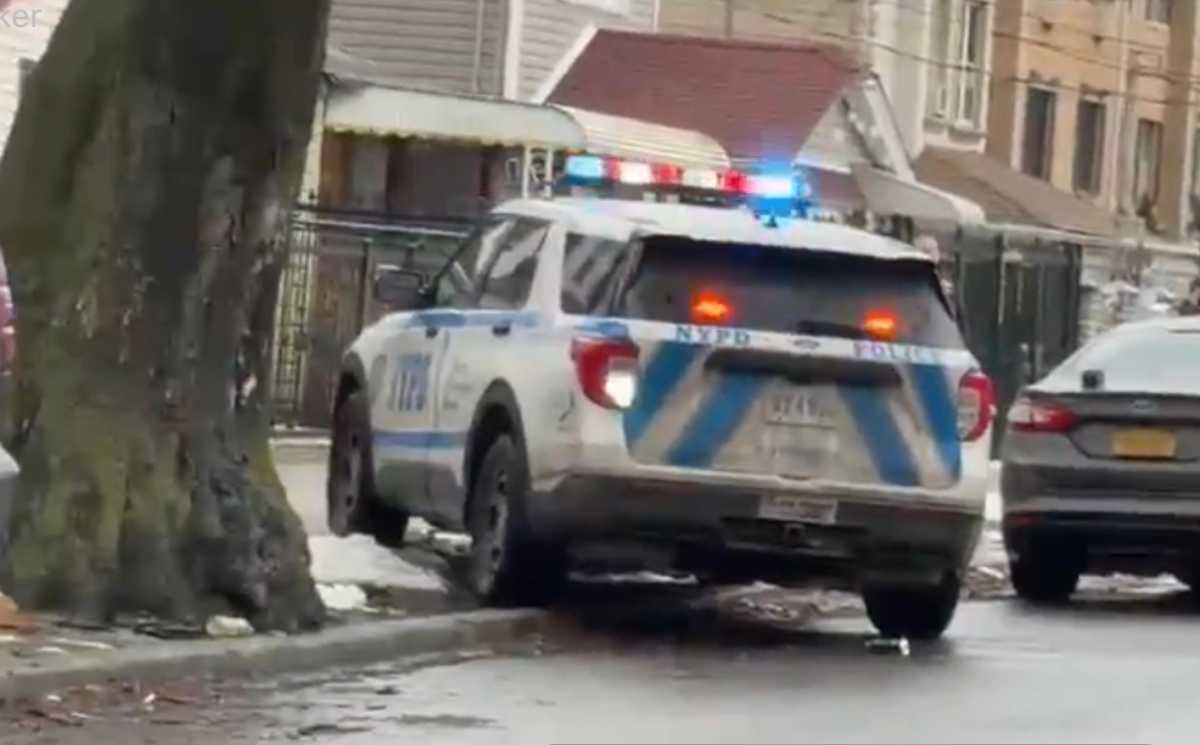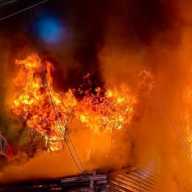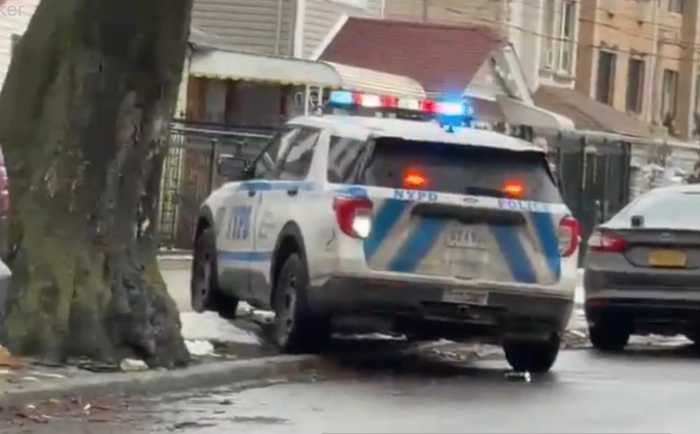In this post-9/11 world, the Federal Aviation Administration (FAA) has gone to great lengths to keep air travelers safe. Over the past decade, on-board U.S. Marshalls, body scanners and pre-flight shoe inspections have become de rigueur.
Now, the FAA has just added a new secret weapon to its arsenal to protect passengers above New York City – a biologist.
But forget about the stereotype of the white-coated, bespectacled scientist looking down at a row of test tubes. Quite the contrary. The FAA plan calls for a U.S. Department of Agriculture employee to look up – way up – and survey the skies, on a regular basis, above a garbage transfer station currently under construction in the shadows of LaGuardia Airport in College Point.
The facility, officially known as the North Shore Marine Transfer Station (MTS), is not scheduled to open until 2012, according to the New York City Department of Sanitation (DSNY). Nonetheless, in an era in which the term “bird strike” has entered the vernacular and visions of U.S. Airways Flight 1549 bobbing in the Hudson are still fresh in the mind, the DSNY decision has created a maelstrom of criticism.
U.S. Congressmembers Gary Ackerman and Joseph Crowley have led an opposition movement that is centered on the following logic: a garbage station – even an enclosed facility, like the one being championed by DSNY – would inevitably lead to trash discharge, which would attract winged scavengers. Birds, the argument goes, are the culprits of infamous and dangerous bird strikes. Hardly a flawed argument, one would think.
But that’s where DSNY and the FAA chime in.
The 2,200 tons of daily DSNY waste – and up to 1,000 tons of commercial waste – that arrive at the re-designed MTS will never see the light of day, the DSNY claims, pointing to similar, technologically-advanced stations around the city that have not experienced issues with birds.
The trash, which will be collected in eastern Queens, from Community Districts seven through 14, will be delivered in trucks and dumped onto the enclosed MTS’ floor. The garbage will be sealed into containers and placed onto a barge via an FAA-approved crane, before it ever has the chance to taint the outside air, DSNY claims.
“The byproduct of that is you have an enclosed facility that is not a hazard or attraction to birds,” explained Walter Czwartacky, Director of Special Projects for DSNY’s Bureau of Long Term Export, in an interview last spring.
After persuading DSNY to reduce the height of the planned facility from 110 to 100 feet, the FAA, which had concluded that the MTS posed no threat to jetliners, offered its approval.
Following subsequent months of back and forth between agencies, activists and politicians, the project has begun to move forward – but only with the understanding, announced Monday, January 25, that a USDA biologist will visit the MTS once a week for the first two years of operation.
In the event that the USDA employee notices an increase in bird activity above the facility – and, thus, above LaGaurdia’s easternmost runway, which lies 1,900 feet away – the FAA will order the MTS to be shut down until the situation is addressed.
In a statement, the local Congressmembers expressed their continued opposition to the project, while applauding the FAA’s compromise.
“We hope this significant concession we secured will ensure increased safety to the flying public and to the communities near the airport,” Ackerman said.
Crowley added that DSNY “should take additional steps to ensure the safety” of the MTS in order to prevent another bird-strike-induced ‘Miracle on the Hudson’ – especially one that might not have so happy an ending.





























